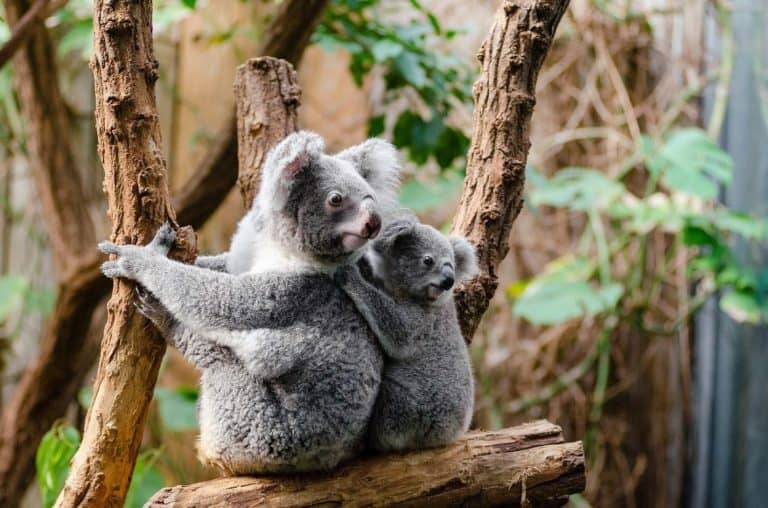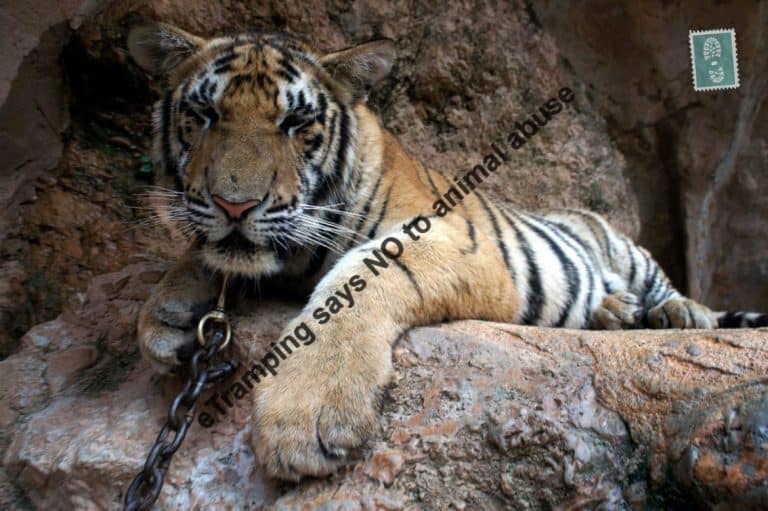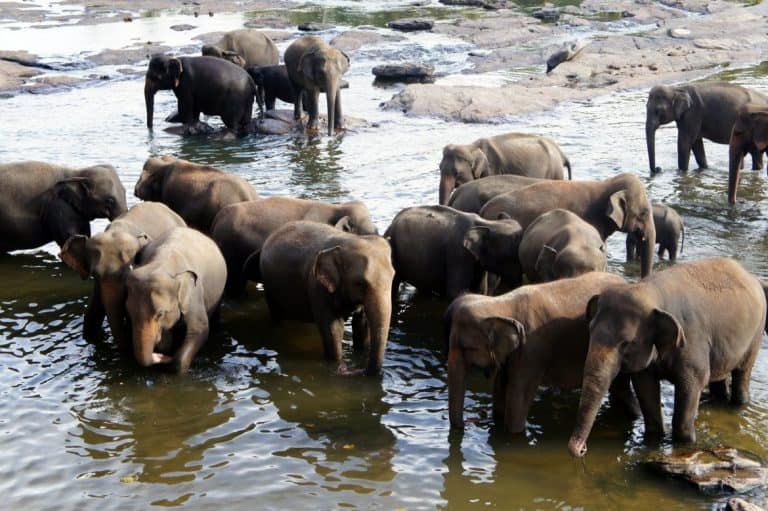Today’s post is contributed by Pro Wildlife – an organization committed to the protection of wildlife.
To travel is to gather adventures and memories all over the world. This involves different landscapes, cultures, food and exotic animals. Seeing wild animals – which many people only know from pictures or documentaries – can be a memorable part of your travel experience. However, tourism can also pose a danger to wildlife when animals are captured from the wild for tourist attractions, suffer from cruel training methods or horrific living conditions in captive facilities.

Quick Navigation
ToggleExploitation of wild animals for tourism
At first sight travelers are mostly unaware that many wild animals in captive facilities suffer from cruelty and abuse. Each year thousands of animals are taken from their natural environment or bred in captivity to be exploited for profit and entertainment in the tourism industry. They are trained to perform in shows and serve as tourist attractions, including riding and bathing elephants, swimming with dolphins, taking pictures with posturing monkeys, walking with lions, cuddling tigers, or shows with wild animals. All of these are unacceptable practices negatively affecting the welfare of the animals and forcing them to perform unnatural behavior.

Bad health and welfare conditions
Usually, housing facilities at tourist destinations are inappropriate: Small, barren cages and enclosures without consideration for the animals` needs. Still, wild animals retain their innate wild behavior and instincts which potentially poses a risk to humans. Therefore, animals are subdued and trained using cruel methods, may have their claws and teeth removed, be chained or drugged to suppress their natural behavior.
What can travelers do?
- Do your own research: Check the places and facilities you want to visit thoroughly.
- Be aware that scientific studies have demonstrated that some of the world’s cruelest wildlife attractions are promoted by ill-informed travelers and travel platforms like TripAdvisor.
- No animal entertainment: Do not visit shows or performances with wild animals. Training and performance often involve psychological and physical stress and can cause long-term damage.
- No direct contact with wild animals: In order to enable direct contact with humans wild animals are often subdued and trained using violence, are chained, drugged or have their teeth and claws removed.
- Be aware that even if housed in captive facilities, wild animals are not domesticated. They are not adapted to life in captivity or in close contact to humans. Even in the event that animals were born in captivity they still remain wild animals with special needs. Fulfilling them is a huge challenge.
- Be careful of what you eat, buy and pay for: Avoid food and souvenirs made from wild animals. Demand from tourism drives exploitation of wild animals, which often involves illegal practices.

Animal friendly tourism
- Observe wild animals in their natural habitat, with a responsible guide.
- Only visit credible sanctuaries, keeping and treating animals in their best interest and discouraging any direct contact between visitors and animals.
- Be aware that the term “sanctuary”, “orphanage” or “shelter” is often misused simply to attract customers.
- Genuine rescue facilities do not breed or trade animals; the care and where possible release of rescued animals is highest priority
- Check whether at least the most basic requirements are met: do the animals have access to food and water? is there rest and shelter? how are the animals cared for? do they have sufficient space? can they move freely and are not chained? can they meet their social needs? do they look healthy or are they distressed or injured?
How to distinguish between dubious and reliable sanctuaries?
Reliable sanctuaries and orphanages can make a huge contribution to wildlife conservation if they work in the animals’ interest. Unfortunately, the term “sanctuary”, “orphanage” or “shelter” is often misused to attract tourists. Such organisations do not help and safe animals in need but rather breed with animals which are taken from their natural habitat since most tourists are attracted to babies and young animals. Also, the guides can allow personal contact between young animals and tourists because they are less dangerous than adult animals.

Serious sanctuaries put the animal welfare at first, which means that they also try to release as many animals as possible. Because wild animals belong to the wild and should not live in captivity for the tourist’ entertainment.
YOU can help to protect wild animals!
Tourism has the potential to have an important contribution to the protection of animals and species, especially if animals could be observed in their natural environment with distance and respect. By following the information in this article, you have taken the first step to helping protect animals when you travel.


